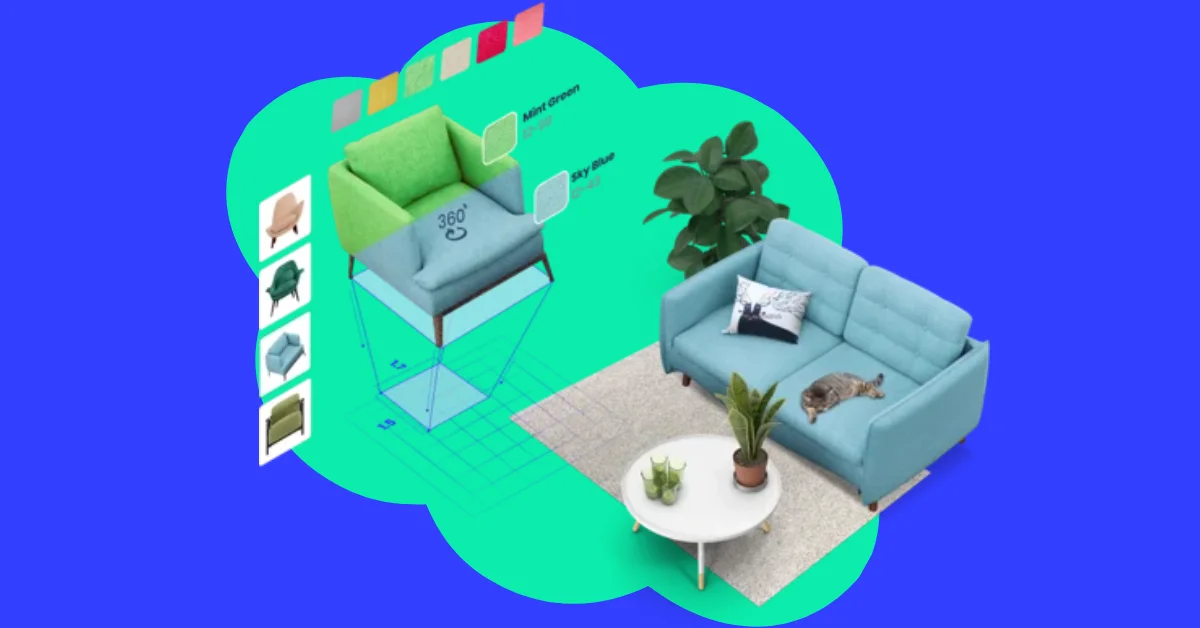Inside the Future of Retail: The 3D Ecommerce Product Configurator Advantage

In the ever-evolving world of online shopping, one innovation is revolutionizing the way consumers interact with products before they click “buy”: the 3D ecommerce product configurator.
This powerful tool allows customers to visualize, personalize, and engage with products in a dynamic, interactive environment—bringing a tactile, in-store experience directly to their screens.
As brands battle for consumer attention in an increasingly saturated market, the adoption of 3D configurators is not just a trend—it’s a game-changing strategy for ecommerce success.
What Is a 3D Product Configurator?
At its core, a 3D ecommerce product configurator is a web-based application that allows users to customize and manipulate a digital product model in real-time.
Shoppers can change colors, materials, sizes, and features with a few clicks, instantly seeing the impact of their choices in photorealistic 3D. Unlike traditional static product images or even 360-degree spins, 3D configurators offer a deeply immersive and interactive experience.
Imagine you’re shopping for a new sofa. With a 3D configurator, you can select the fabric type, adjust the leg style, rotate the model to view it from all angles, and even place it in a simulated room layout to ensure it fits your aesthetic. It’s personalization on steroids—and consumers love it.
The Psychology Behind Interactive Shopping
Modern consumers crave control. In an age where customization is king—from playlists to meal kits—online shoppers want products that reflect their unique preferences. A 3D ecommerce product configurator satisfies this desire by putting the buyer in the designer’s seat. This engagement boosts not only emotional investment but also conversion rates.
Studies show that interactivity leads to longer time-on-site, increased trust in product quality, and reduced returns. When shoppers feel confident in what they’re purchasing—because they’ve essentially built it themselves—they’re far less likely to suffer from buyer’s remorse.
Industries Leading the Way
The adoption of 3D product configurators spans a wide range of industries:
- Furniture: Brands like IKEA and Wayfair are leveraging configurators to let customers visualize sofas, tables, and cabinets in custom colors and sizes.
- Automotive: Nearly every major car manufacturer offers online vehicle configurators that allow potential buyers to experiment with trim levels, wheel styles, and interior features.
- Fashion and Footwear: Nike’s “By You” platform lets users design custom sneakers, while high-end brands allow tailored options for suits and handbags.
- Home Improvement: From kitchen cabinetry to flooring, homeowners can preview materials and layouts in 3D before committing.
Each of these sectors benefits from the configurator’s ability to simplify complex buying decisions and enhance customer satisfaction.
The Technology Behind the Magic
A 3D ecommerce product configurator typically relies on a blend of WebGL, 3D modeling software (like Blender or Autodesk), and real-time rendering engines. These tools create realistic, interactive models that load seamlessly on desktops and mobile devices alike.
Cutting-edge tools now include augmented reality (AR), letting shoppers visualize their personalized items in their actual environment through their phone or tablet.
Connection with online store systems like Shopify, Magento, and WooCommerce creates a seamless journey from product design to purchase. Behind the scenes, AI-driven analytics can track user behavior within the configurator to provide insights for product development and marketing.
Business Benefits Beyond the Wow Factor
While the visual appeal of a 3D configurator is undeniable, its business impact goes deeper:
- Higher Conversion Rates: Engaged users are more likely to convert. Some brands report conversion boosts of 30–50% after implementing 3D customization tools.
- Reduced Returns: When shoppers can clearly preview their purchase, fewer items come back—which saves companies both hassle and cash.
- Increased Average Order Value (AOV): The ability to upsell premium materials or accessories during the customization process naturally increases basket size.
- Brand Differentiation: Offering a 3D configurator sets a brand apart as tech-forward and customer-centric, especially important in competitive niches.
Challenges and Considerations
Despite the benefits, implementing a 3D configurator isn’t plug-and-play. Brands must invest in high-quality 3D models, optimize performance for fast loading, and ensure the tool is mobile-friendly. Additionally, not all products are suitable for this level of customization—some may benefit more than others.
Another consideration is user experience design. If a configurator is clunky or difficult to use, it can frustrate rather than engage. Simplicity, speed, and intuitive controls are essential.
The Future of Ecommerce Customization
As 3D modeling and AR technologies become more accessible and affordable, we can expect 3D configurators to become standard in online shopping. Coupled with AI personalization, future tools may suggest optimal designs based on a customer’s style, past purchases, or even social media activity.
In a world where digital experiences increasingly influence purchasing decisions, the 3D ecommerce product configurator is not just a novelty—it’s the future of retail. By empowering consumers to create, explore, and interact with products on their own terms, brands can forge deeper connections and drive meaningful growth in the digital age.
